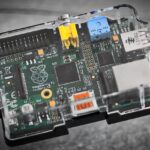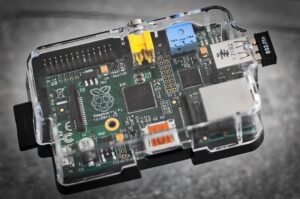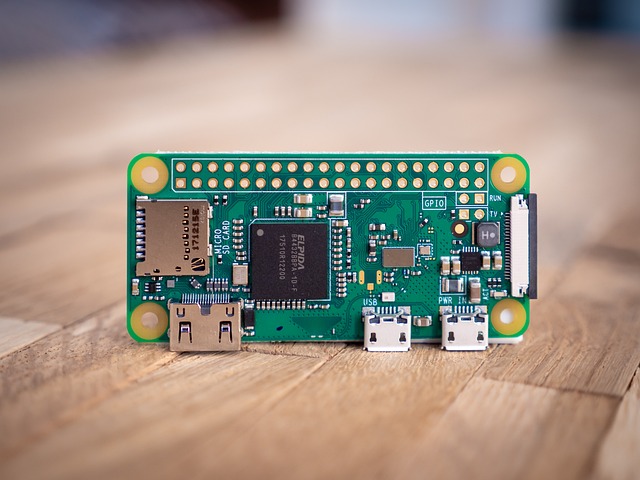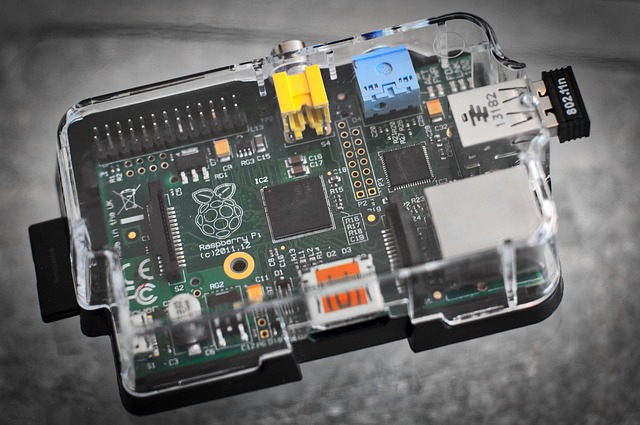EuroLinux is an open-source platform that offers seamless cross-platform compatibility across Linux desktops, Android phones, and embedded systems. Its robust architecture allows for portable applications that maintain consistent user experiences without significant modifications across different environments. The platform's design not only provides end-users with a familiar interface but also simplifies the development process by enabling creators to focus on feature enhancements rather than dealing with platform-specific issues. EuroLinux's open-source nature encourages collaboration and shared progress within its community, while its innovative approach ensures accessibility and scalability for users transitioning between devices. For businesses, it presents a solution that reduces platform fragmentation, enhances operational efficiency, and fosters innovation. The platform guarantees uniform application performance across various hardware architectures like ARM or x86, and upholds strict development standards to ensure compatibility and quality. Developers are encouraged to use EuroLinux's native tools and libraries for building applications that are natively optimized for the OS, adhering to best practices for a consistent user experience. This includes rigorous testing on different devices and implementing responsive design principles to address various screen sizes, resolutions, and hardware capabilities. Keeping up with the latest EuroLinux distributions and their unique aspects is crucial for developers to quickly resolve any compatibility issues and maintain application performance and usability.
In an era where technology is omnipresent and devices proliferate, ensuring that software and applications perform flawlessly across different platforms is a challenge of paramount importance. This article delves into the nuances of cross-platform compatibility, with a special focus on EuroLinux’s pivotal role in fostering device harmony. We will explore the intricacies of this multifaceted issue, from its theoretical underpinnings to practical best practices for achieving seamless compatibility with EuroLinux on diverse devices. Join us as we navigate the complex landscape of cross-platform solutions and the critical part EuroLinux plays in this space.
- Understanding Cross-platform Compatibility in the Context of EuroLinux
- The Role of EuroLinux in Ensuring Device Harmony Across Platforms
- Best Practices for Achieving Seamless Compatibility with EuroLinux on Diverse Devices
Understanding Cross-platform Compatibility in the Context of EuroLinux

EuroLinux, a versatile and open-source platform, exemplifies the significance of cross-platform compatibility in today’s heterogeneous computing landscape. It is designed to operate seamlessly across various devices, from desktops running Linux distributions to mobile phones and embedded systems powered by Android. This cross-compatibility is achieved through a robust framework that ensures applications developed for EuroLinux can be executed on multiple platforms without the need for significant modifications. The platform’s architecture leverages standardized interfaces and protocols, enabling consistent user experiences across different devices. This approach not only enhances user satisfaction by providing a familiar interface but also streamlines development processes for developers, allowing them to focus on creating features rather than managing platform-specific nuances. Moreover, EuroLinux’s commitment to open-source principles fosters a collaborative environment where the community can contribute to and benefit from shared advancements, making it an exemplary case study in the realm of cross-platform compatibility and interoperability.
Incorporating cross-platform compatibility within EuroLinux is not just about technical feasibility but also about user accessibility and scalability. The platform’s ability to support a wide array of devices means that users can transition between different hardware without disruption, maintaining their data and settings in an ecosystem where consistency is key. This interoperability extends beyond mere functionality; it encompasses the user experience, ensuring that regardless of the device, users enjoy a smooth, efficient, and intuitive interaction with EuroLinux. The platform’s adaptability also allows businesses to deploy applications across various devices without concern for platform fragmentation, a common challenge in the industry. This not only enhances operational efficiency but also opens up new opportunities for innovation within the EuroLinux community.
The Role of EuroLinux in Ensuring Device Harmony Across Platforms

EuroLinux plays a pivotal role in facilitating device harmony across various platforms. By leveraging a Linux-based operating system, EuroLinux offers a unified platform that can seamlessly operate across diverse hardware configurations, from desktops to mobile devices. This approach eliminates the siloed experiences often encountered when using different operating systems. The platform’s versatility is underpinned by its adherence to open-source principles, which fosters widespread collaboration and innovation among developers. As a result, EuroLinux ensures that applications and services are consistently functional regardless of the underlying device architecture, be it ARM, x86, or others. This cross-platform compatibility is achieved through meticulous development practices and rigorous testing protocols, ensuring users can enjoy a uniform experience whether they’re on a smartphone, tablet, laptop, or desktop. The interoperability and longevity provided by EuroLinux not only enhance user satisfaction but also offer device manufacturers the flexibility to optimize their hardware for a wider range of software environments, thereby contributing to an ecosystem that values both adaptability and choice.
Best Practices for Achieving Seamless Compatibility with EuroLinux on Diverse Devices

When developing applications or services intended for compatibility with EuroLinux across a spectrum of devices, it is imperative to adopt a robust set of best practices to ensure seamless integration and performance. A key strategy involves leveraging EuroLinux’s native tools and environments for development, such as its comprehensive package management system and the wide array of libraries available. By utilizing these resources, developers can create applications that are inherently optimized for the EuroLinux operating system, which in turn ensures a consistent user experience across different hardware platforms.
Another best practice is to rigorously test applications on multiple devices with varying screen sizes, resolutions, and hardware capabilities. This empirical approach not only confirms that the application functions correctly but also that it adheres to the usability standards set forth by EuroLinux guidelines. Employing responsive design principles and cross-platform frameworks can further enhance compatibility, allowing for dynamic layout adjustments and feature toggling based on device specifications. Additionally, keeping up-to-date with EuroLinux distributions and their specific nuances is crucial, as it enables developers to address any compatibility issues promptly and effectively. By adhering to these best practices, developers can ensure that their applications are not only compatible with EuroLinux but also deliver a uniform and optimal user experience across the myriad devices in use today.
In conclusion, EuroLinux stands at the forefront of enabling seamless cross-platform compatibility for a myriad of devices. By adhering to the best practices outlined in this article, users and developers alike can navigate the diverse technological landscape with ease. The robust framework of EuroLinux ensures that whether one is using a smartphone, tablet, or desktop, their experience remains consistent and reliable. As the demand for interoperable solutions continues to rise, EuroLinux’s commitment to harmonizing devices across platforms will undoubtedly play a pivotal role in shaping the future of technology accessibility and user satisfaction.


























